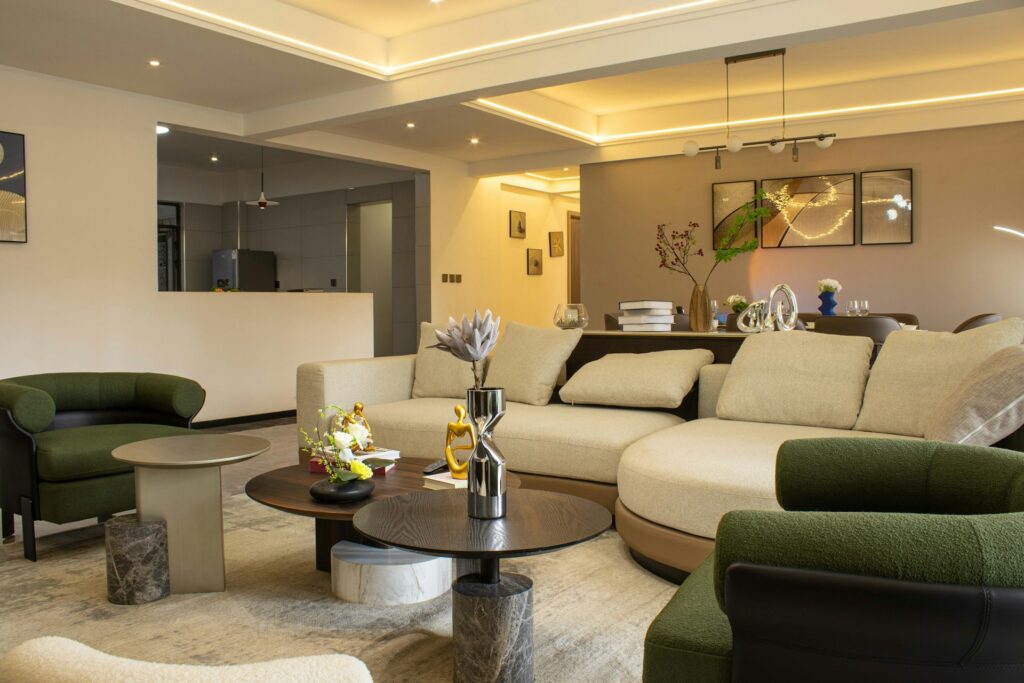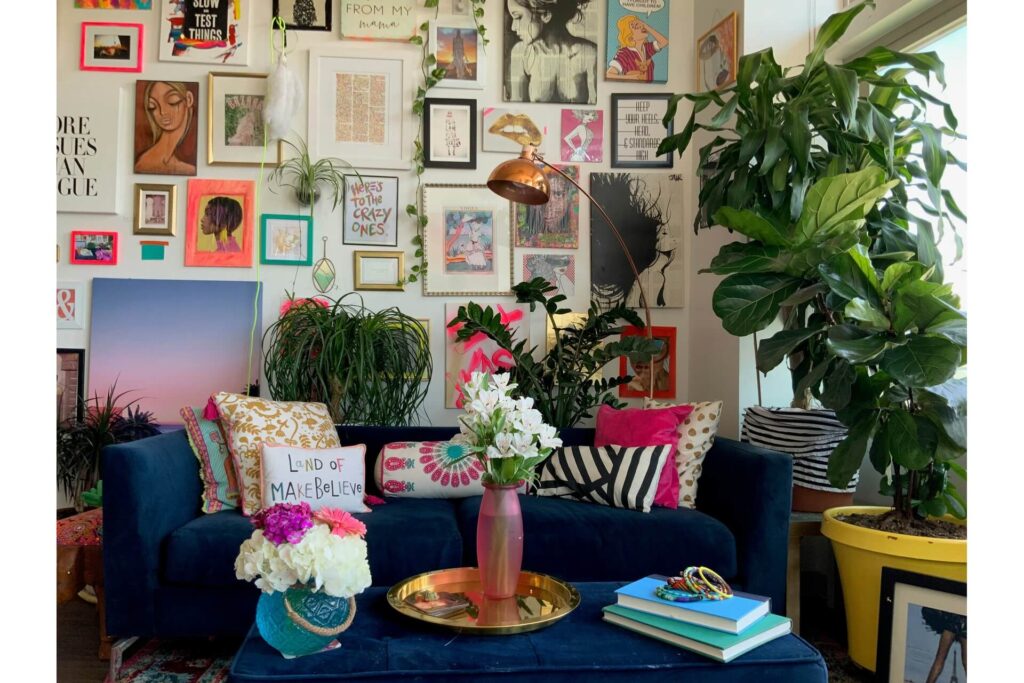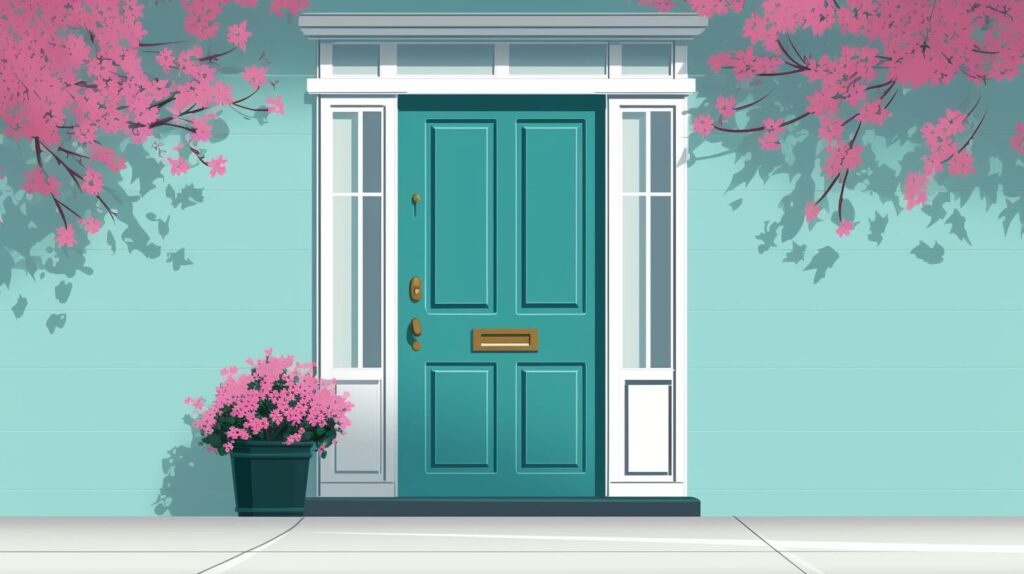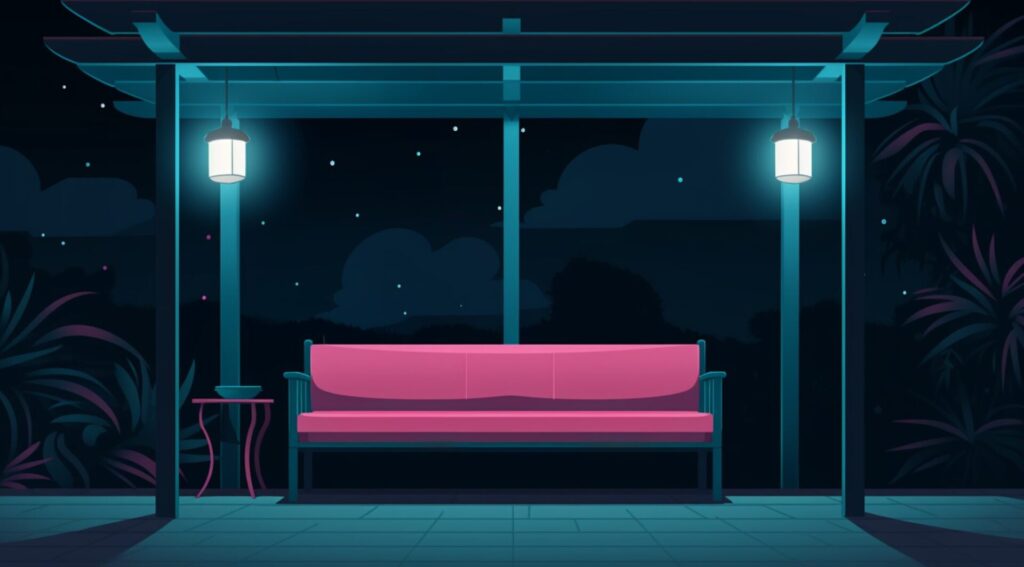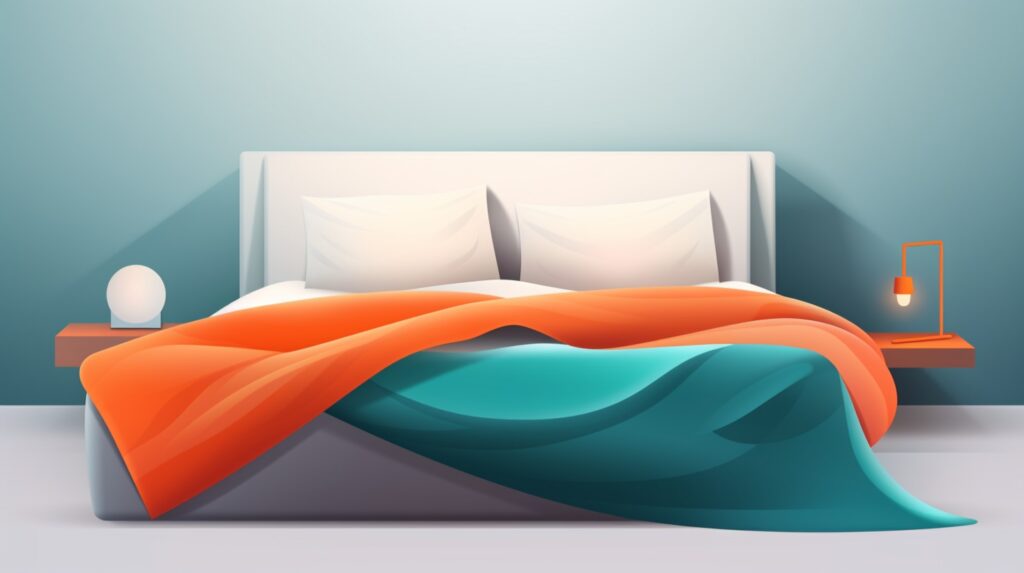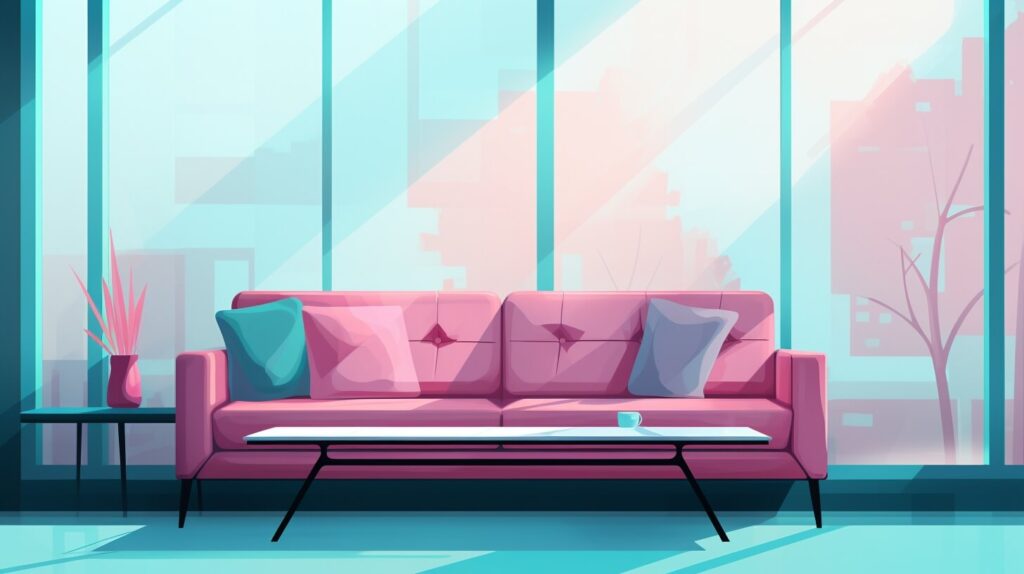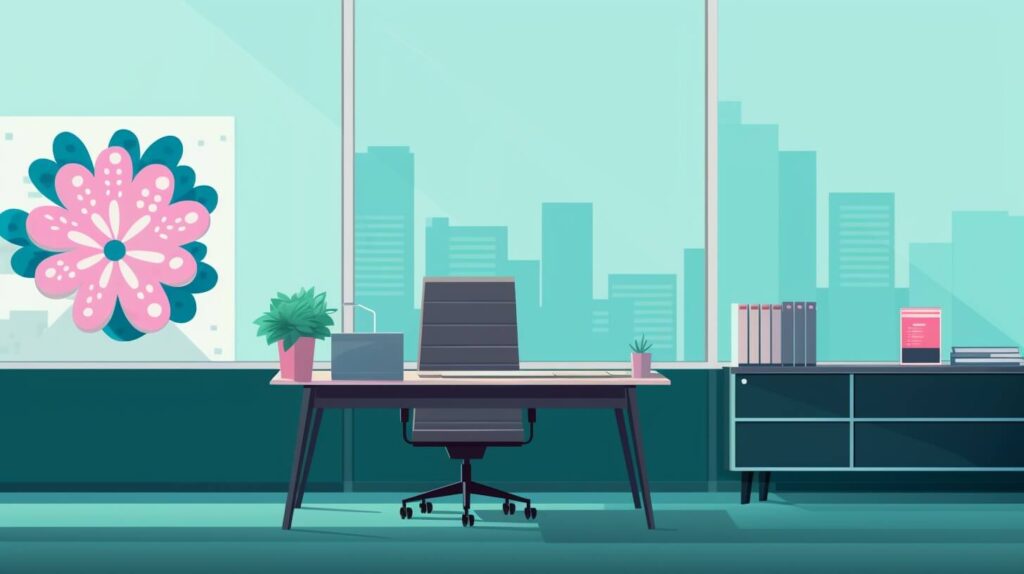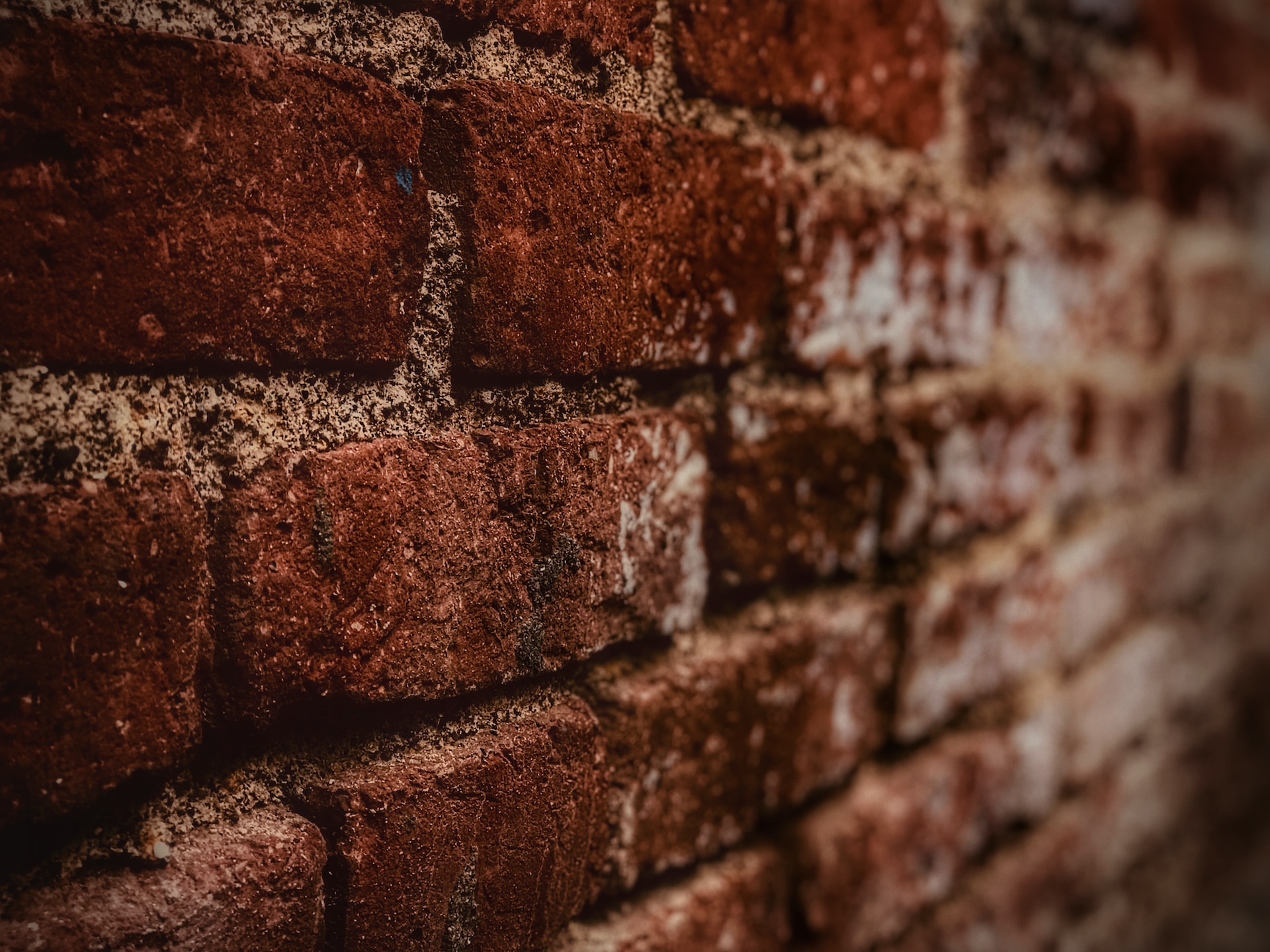
We are reader-supported. When you buy through links on our site, we may earn an affiliate commission.
Exposed brick walls are a part of many homes but why are they so popular? Here are seven benefits to having exposed brick walls in your home.
What are the Pros of Exposed Brick Walls?
1. They Create Visual Interest
Having exposed brick can add contrast to almost any room. The dark, warm colors of the brick draw your eye whether the room is neutrally painted or has a pop of color.
The contrast is more apparent when you use different finishes throughout the space. Mirrored and high-gloss finishes go nicely with brick.
For spaces that seem flat or boring, an exposed brick wall can add texture. It can serve as a background for a fireplace or entertainment set-up. You can paint the brick to be as dark or light as you want, preserving the texture to keep things interesting.
2. It’s Cost Efficient
Brick is not as expensive as other wall finishes. This is particularly true when the walls of your home are unfinished or have old, cracked plaster.
Depending on your wall and supplies, it could only set you back around $100 to give your room an entirely new look.
3. It’s Durable
Brick is incredibly durable, taking on stains and impacts like a pro. A properly-maintained exposed brick wall can last for centuries, making it a worthy investment for many who don’t want to worry about their walls.
While an exterior brick’s durability depends on climate and materials, the climate control indoors make them less vulnerable.
4. It Creates a Focal Point
Having an exposed brick wall automatically gives you an accent wall that can tie the entire room together and create a focal point for your guests to look at.
A focal point draws attention to where you want guests to look when they enter your space. It often includes staple artwork, a television or fireplace. It could also serve as a framing device for your sitting area or a particularly nice view.
5. It Never Goes Out of Style
Brick is timeless, existing in homes for several thousand years. Having exposed brick walls in your home is a guaranteed time-saver when trying to update or sell your home.
It’s more than just a trend. It’s easy to paint or cover if someone new prefers to leave it in the past. However, many still consider brick attractive and modern.
6. It’s Industrial
Industrial design is a sustainable, raw look for homes – originally found in old factories transformed into condos and apartments.
Exposed brick is a staple of industrial homes as are exposed pipes, metal doors and a neutral color palette.
7. It Is Cozy
If you want a cozy, comfortable home that doesn’t have wood paneling, consider using brick. It can give an old cottage feel to your home that both brightens and warms your space. The texture of brick can add to the atmosphere without making it boring.
What are the Cons of Exposed Brick Walls?
While there are plenty of advantages to having exposed brick walls, there are some potential setbacks.
Maintenance
Though most bricks stay intact, they can crack and crumble. When they do, it’s tempting to just slap some plaster on it but that could make the problem worse. The quick fix can draw in more moisture causing the bricks to crumble. Professional repair could get expensive.
Hard to Install Things On Top
Brick is hard to install things on, making it unlikely you’ll want to add much wall decor. Things like a gallery wall or several electronics may be more trouble than they’re worth, since brick is so strong and hard to hammer into.
It’s a Long-Term Decision
If you’re exposing structural brick, you can cover it but it’s hard to remove. Unless you’re looking at a complete rebuild, the brick will stay.
Why Brick Walls?
Bricks in homes existed since at least 7000 B.C. Early civilizations created the first bricks by compacting mud into shapes and leaving them in the sun to harden. They could then stack them into homes, shops and other structures.
Creating bricks originated in the Middle East but others developed in China and Europe. In China, builders baked the bricks in kilns. In Europe, they molded clay into molds, helping to create the classic castle shape we know today.
Throughout the Renaissance, brick architecture spread throughout Europe, with it becoming a primary material for bridges and buildings.
During Great Britain’s Industrial Revolution, companies manufactured bricks using clay with iron oxide, which is what gives many bricks their distinctive red color.
In North Americans, Native Americans in the Southwest used many materials to make bricks, including straw and clay. They would make large logs of the bricks, stacking and smoothing them to create walls. Those adobe bricks are still popular for homes in the region.
Kiln-fired bricks traveled from Europe to the US in the 1600s. However, they didn’t become a popular material in the country until the 19th Century.
The US Industrial Revolution
Factories became common during the Industrial Revolution in the United States and brick was the primary material used to construct the large facilities. Eventually, some of these factories shut down, getting repurposed as apartment buildings and homes.
When transforming the buildings, many owners decided to keep the brick walls in order to save money. The aesthetic became popular as part of large, open industrial buildings.
Interior designs trends are often based on homes of the past and exposed brick is no exception. However, because brick remains an incredibly common construction material. Regardless of when it is considered “trendy,” the material is always practical and doesn’t truly go out of style.
How Can You Expose Brick in Your Home?
If you choose to expose the brick in your home, it is a fairly easy process. You’ll want to check out the brick underneath the plaster before you take out a large amount. If it is in rough shape, you can avoid causing a mess. However, breaking away the plaster with some tools is often all you need.
Why You Should Have Brick in Your Interior
There are many benefits to having exposed brick in your home. Personal style is one thing to consider as is the practicality and durability of your brick. If you’re looking for a cozy, but durable space, exposed brick might be right for you.

